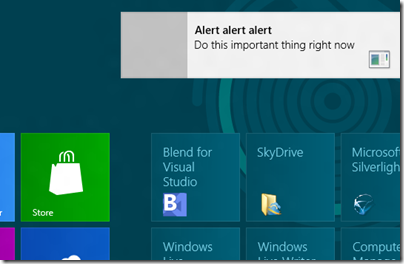Pusher is a London company which runs cloud services for publish/subscribe in web and mobile applications. The idea is to deliver real-time updates, a concept that has many use cases. Examples include price updates in finance apps, status updates to track a delivery, news updates, or anything where users want to monitor progress or keep in touch with fast-moving developments.
The service passed my “get up and running quickly” test. I created a free account (limited to 100 connections and 200k messages per day) and a new channel:
I’m guessing it runs on AWS, looking at the datacentre locations:
I chose a JavaScript client and ASP.NET MVC for the back end. On my PC I pasted the JavaScript into a web page running locally on Apache (in Windows Subsystem for Linux). I also created a new ASP.NET MVC project and added the sample code with some trivial modifications. I was able to send a message to the web page; it triggers an annoying alert but of course you could easily amend this to update the UI in more user-friendly ways.
Of course you could roll your own solution for this but what you get with Pusher is all the plumbing pre-done for many different clients and automatic scalability.
Pusher also has a service called Beams (formerly Push Notifications) which lets you send notifications to Android and IOS apps.
Pusher or roll your own? As with many cloud services, you are putting a high level of trust in Pusher (security and reliability) if you use the service, and you will need a paid subscription:
You are saving considerable development time though, and as Google and Apple update their SDKs or change the rules, Pusher will presumably adapt accordingly.
Can Azure easily do this, I wondered? I headed over to Azure Notification Hubs. I noticed that the amount of admin you have to do to support each device is greater. Second, Microsoft promised to support “push to web” in March 2016:
… but has not done so nor even bothered to update those asking:
It is odd that Microsoft, with all its drive behind Azure, is still in the habit of leaving customers in the dark in certain areas.








